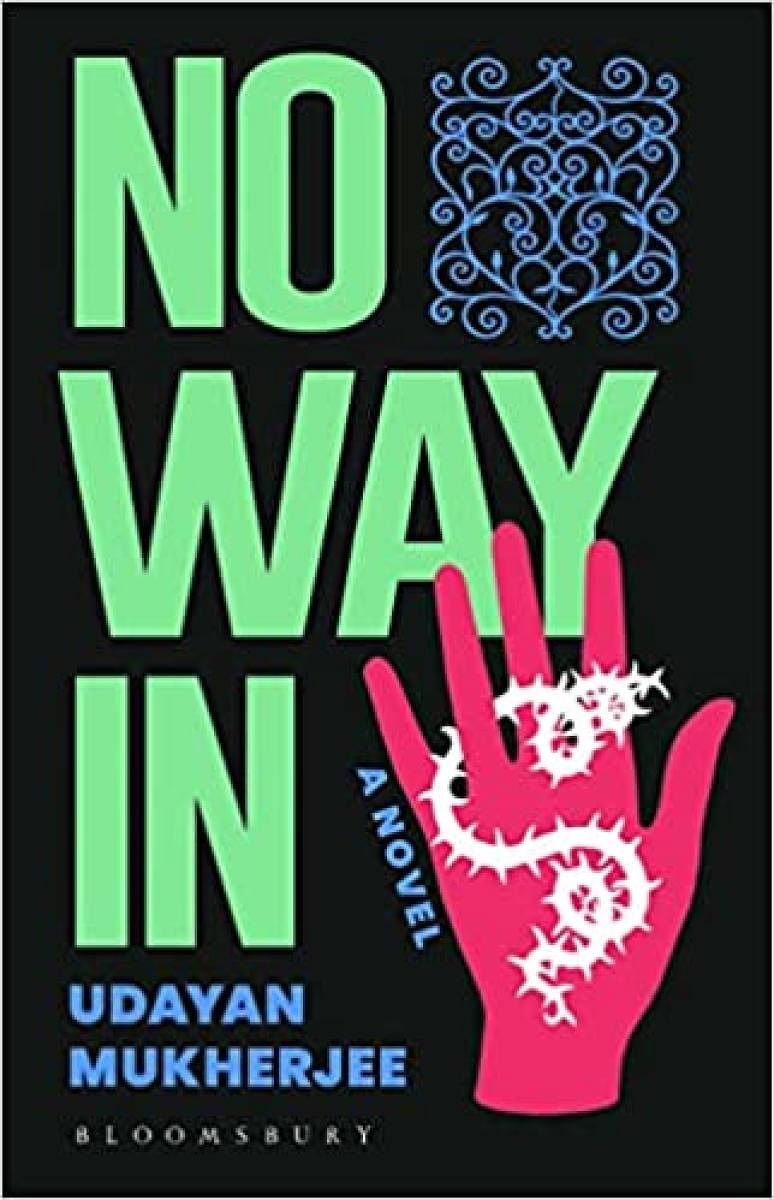
I f you read your newspapers and have a tiny bit of concern for the marginalised, the incidents narrated in this book will not come as a surprise to you. What makes the heart heavier and heavier is that injustice, stereotyping, violence, discrimination, and apathy keep getting braided into the lives of the vulnerable with each turn of the page.
It makes you rage against the world, as they say. Every bit of it — the value judgements, the “beggars cannot be choosers” trope, the overflowing food and clothes at one end, and the outrage over one broken liquor bottle on the other: every mistake, every accident is an opportunity to rake up one’s upbringing and wretched past.
The story revolves around Sabita, her past ravaged by brutality, and a marriage that is not working as she is not interested in revenge or cynicism. All she is looking for is a peaceful life for her son, education for him, a roof over their heads and two simple meals a day, in exchange for her hard work. And if this entails the erasure of her identity, she is ready to do so. For her, it matters the least.
How compelling ought to be the reasons for you to be willing to hide your identity, your name, your food and your practices? Every move of yours is treated with suspicion and hatred and a small slip could put your life in danger. And then? Will you behave just like Sabita? How will you continue to work at a place where if anything gets misplaced or stolen, you are the first one to be suspected? All your toil, your concern, and your care are up for scrutiny even when a blade of grass goes missing. What kind of helplessness makes you continue to wake up in the same house where you are regularly raped and you can never tell anyone?
Despite these thought-provoking questions the narrative raises, till you reach Part Three of the book, the writing is rather trite and predictable. The context is set in great detail, and included in the narrative are accounts of cruelty from real-life reported incidents.
A convenient status-quo
I cringed reading this book. Its truth is difficult. But the fact is, our society carries on with its impressions of the poor while the ruler and the ruled continue to harass and be harassed. We profile, with great certitude, people, places and communities; we put them into slots, conveniently made up to retain the status quo which, in turn, gets reinforced in our heads, defying any reason or knowledge.
The story essentially showcases the necessity of minority bonding. When you know your position in a society ruled by caste, class and religion, your support system gets naturally ghettoised. Ultimately, it is not revolutionaries who bring about long-term change, but ordinary people who are empathetic, informed and concerned enough.
And thus, Sabita continues, steadfast in her integrity in her work. What strikes the reader is her vulnerability as well as her firm understanding that this is their world, there is nothing better, and anywhere she goes, it is not likely to be any different. She does not have the luxury to think that it will be any better. Despite the image of women that is presented in the book on the first page, as we read, we find them standing by each other, progressive and supportive of each other, unmarred by the rules of discrimination.
The narration is in an everyday language and the effect is that of a story that is perhaps unfolding in one’s own neighbourhood. What is heartening is that there is hope. Life may not be dramatically different, but there are still a few open paths to pursue. Not all of them are dead ends. And on that path, we will meet some people who are the torchbearers of compassion and who value interdependent lives.